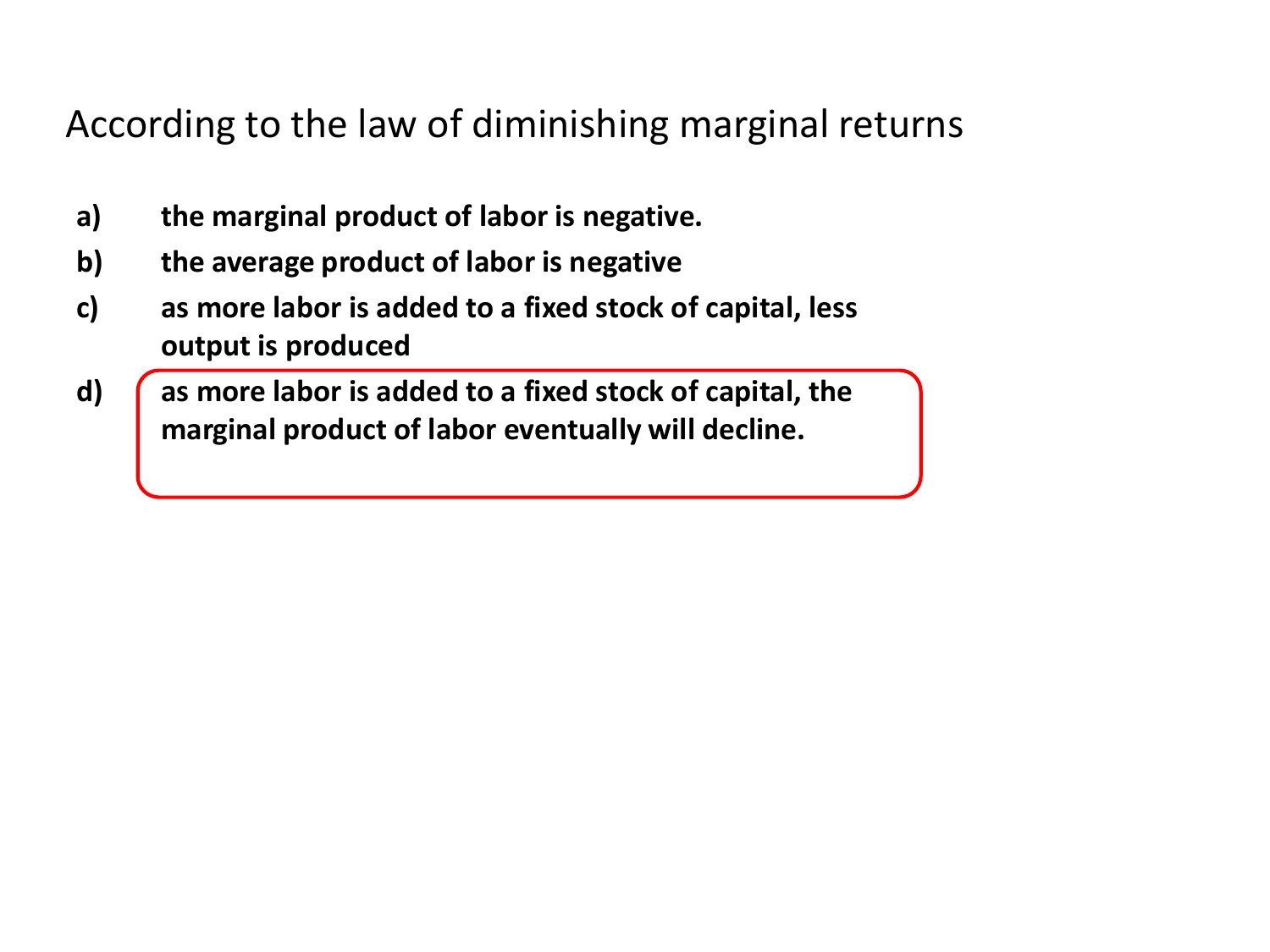
It is likely that the disturbing conclusions drawn by Marx from classical economic theory inspired this development. Economists in the Austrian school made important contributions to the marginal idea after 1870, and, building on these grounds, a number of economists in the 1890s-including Philip Henry Wicksteed in England and John Bates Clark in the United States-developed the idea into the marginal-productivity theory of distribution. It was not a new idea as an explanation of wage phenomena, for Smith had observed that a relationship existed between wage rates and the productivity of labour, and the German economist Johann Heinrich von Thünen had worked out a marginal-productivity type of analysis for wages in 1826. Toward the end of the 19th century, marginal-productivity analysis was applied not only to labour but to other factors of production as well. Marginal-productivity theory and its critics SpaceNext50 Britannica presents SpaceNext50, From the race to the Moon to space stewardship, we explore a wide range of subjects that feed our curiosity about space!.Learn about the major environmental problems facing our planet and what can be done about them! Saving Earth Britannica Presents Earth’s To-Do List for the 21st Century.Britannica Beyond We’ve created a new place where questions are at the center of learning.100 Women Britannica celebrates the centennial of the Nineteenth Amendment, highlighting suffragists and history-making politicians.
#Calculating marginal revenue product of the last worker how to#

#WTFact Videos In #WTFact Britannica shares some of the most bizarre facts we can find.Demystified Videos In Demystified, Britannica has all the answers to your burning questions.Britannica Explains In these videos, Britannica explains a variety of topics and answers frequently asked questions.



 0 kommentar(er)
0 kommentar(er)
